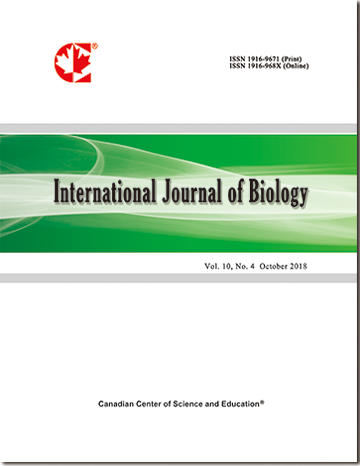Modern Problems of Energy Exchange in Humans and Mammals
- K. P. Ivanov
Abstract
In a living organism 72% of energy exchange occurs in the inner organs, which comprise only 5-6% of the total body mass. Other energy expenditures occur at the expense of skin, bones, connective tissue, muscles at rest. The level of energy consumption determines the general physiological state of a human organism, serves for the diagnostics of various diseases, especially of the endocrine system diseases, of disruptions of thermoregulation, disruptions of peptide exchange, of carbohydrate and lipometabolism, etc. We emphasize that in modern textbooks of physiology and biology the problem of energy exchange in humans and animals is covered inadequately. Usually it takes only 2-2.5% of the volume. Whereas new problems of energy exchange appeared recently, which were not advanced before. These are, for example, the reasons and mechanisms of a high energy consumption under conditions of metabolism, the physiological significance of the efficiency of a human organism, special processes of the heat exchange between an organism and environment, physiological and social components of human energy exchange. There is also a problem of theoretical possibility of life without energy.
- Full Text:
 PDF
PDF
- DOI:10.5539/ijb.v6n4p119
Index
- ACNP
- AGRICOLA
- BASE (Bielefeld Academic Search Engine)
- CAB Abstracts
- CiteFactor
- CNKI Scholar
- CrossRef
- DTU Library
- Elektronische Zeitschriftenbibliothek (EZB)
- Excellence in Research for Australia (ERA)
- Google Scholar
- Infotrieve
- LIVIVO (ZB MED)
- LOCKSS
- Max Planck Institutes
- MIAR
- PKP Open Archives Harvester
- Qualis/CAPES
- ResearchGate
- ROAD
- SafetyLit
- SHERPA/RoMEO
- Technische Informationsbibliothek (TIB)
- Universe Digital Library
- WorldCat
Contact
- Ryan JonesEditorial Assistant
- ijb@ccsenet.org
